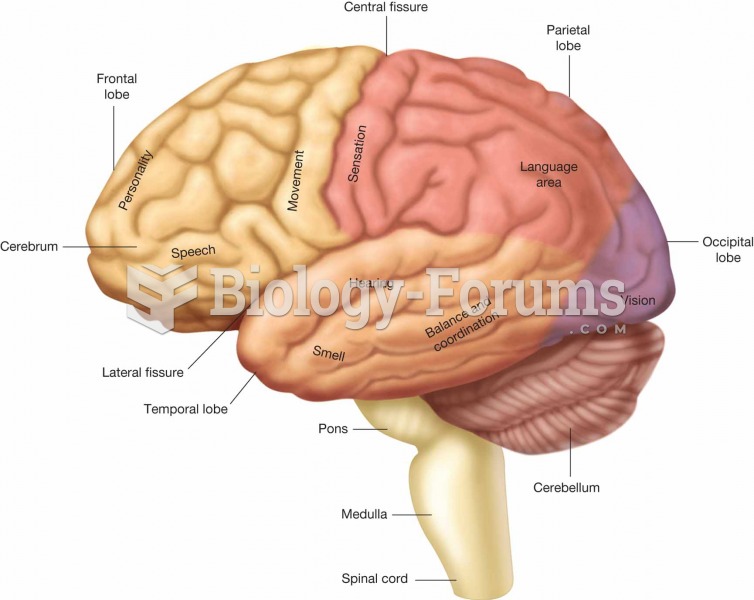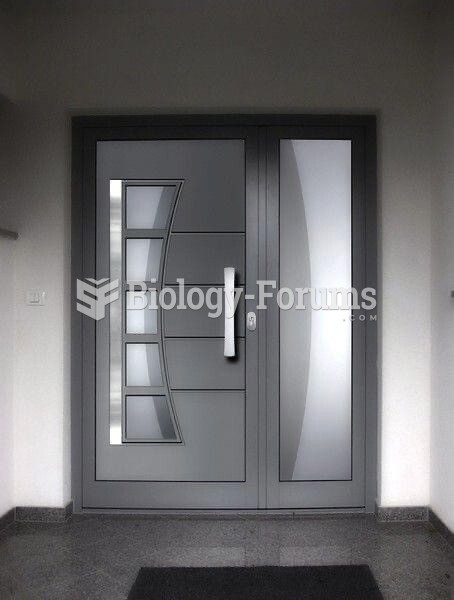Answer to Question 1
Subsistence farmers focus on growing food for a small number of individuals to survive, whereas in modern agriculture, large plots of land are farmed with primarily one type of foodstuff in order to feed massive amounts of people.
The major components of the agricultural revolution are infrastructure, machinery, fertilizers and pesticides, irrigation, and the discovery of high-yield plants. With infrastructure comes buildings and technology, which can have environmental consequences. Similarly, machinery increases efficiency in farming, but it can also add greenhouse emissions to the atmosphere and cause soil compaction and other destruction. Fertilizers and pesticides have also increased production but have environmentally devastating impacts because of resistance, contamination of water, and eutrophication. Irrigation has allowed areas that were previously not farmable to be farmed, but has depleted ground water resources significantly. Finally high-yield plants, like those that are genetically modified, have known and unknown environmental impacts. Possible allergic reactions in food-sensitive individuals and loss of wild species have been speculated upon.
Answer to Question 2
The Clean Air and Clean Water Acts and their subsequent amendments remain cornerstones of environmental legislation. However, their passage in the early 1970s left an enormous loophole. If you can't vent wastes into the atmosphere or flush them into waterways, what do you do with them? Industry turned to land disposal, which was essentially unregulated at the time, as an expedient alternative. Indiscriminate air and water disposal became indiscriminate land disposal. Thus, in retrospect, we see that the Clean Air and Clean Water Acts, for all their benefits in improving air and water quality, also succeeded in transferring pollutants from one part of the environment to another.







